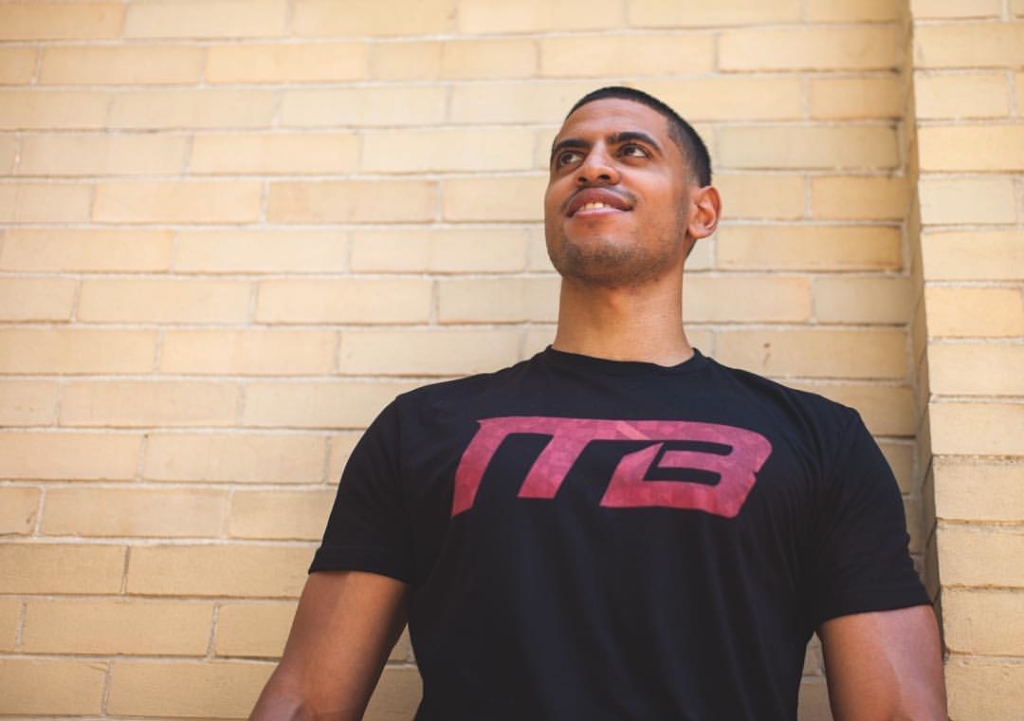
CrossFit is based on ten recognized general physical skills: cardiovascular endurance, stamina, strength, flexibility, power, speed, coordination, agility, balance and accuracy. It’s no coincidence that CrossFit athletes and instructors are often spotted wearing obstacle course racing gear and running OCRs. Many OCR participants either join a CrossFit affiliate also known as a “box” (CrossFit lingo for gym) or CrossFiters start obstacle racing as a new challenge. Steve Pokk, NASM CPT, CES, PES, CrossFit Level 1/Gymnastics/Kids Instructor and Spartan SGX Coach/Obstacle Specialist is the owner of CrossFit Kingsboro in Brooklyn, NY. Pokk is also an elite OCR athlete who trains himself and others for races by doing CrossFit. The gym owner believes about half of the OCR athletes he meets are familiar with CrossFit.
“About 50% of the OCR athletes I’ve met at races and certifications do CrossFit,” says Pokk. “I think they both transfer to each other since CrossFit and many OCRs are timed. Both types of athletes want to be more competitive or are already competitive.”
MOVEMENTS THAT TRANSFER
Pokk says that in general CrossFit workouts are 50% anaerobic (doesn’t require as much oxygen) and 50% aerobic (oxygen is in high demand). Spartan Race tends to be about 60% aerobic and 40% anaerobic, meaning there is more demand from the oxidative energy system versus the phosphocreatine system. CrossFit boxes program their workouts differently. Some will follow the programming of CrossFit.com while others create their workout routines.
“CrossFit.com workouts are pretty random so our gym programs an 8-week strength cycle,” Pokk says. “We focus on five lifts throughout the 8 weeks where there are strength, conditioning, and calisthenics days. Monday is deadlifting, Tuesday is a double workout day, Wednesday is squats.”
Regarding the actual exercises that CrossFit tends to utilize that transfer directly to an OCR course, Pokk says bucket carries, tire flips, dips, sandbag carries, rope climbs, bear crawls, and peg boards are all regular parts of CrossFit Kingsboro workouts. Many CrossFit affiliates have these same OCR-friendly tools.
WHAT IF I DON’T JOIN A CROSSFIT BOX?
For financial, geographical or whatever reason, some prospective or current OCR athletes may not want to join a CrossFit box, at least on a monthly basis. If this is the case, there are plenty of CrossFit workouts you can do at home, outdoors or at your current gym that will improve your OCR performance. Pokk suggests incorporating the following bodyweight WODS (workout of the day) into your strength and conditioning routine.
Cindy: Do as many reps as possible (AMRAP) in 20 minutes of:
5 Pullups
10 Pushups
15 Air Squats
Barbara: Do 5 rounds of:
20 Pullups
30 Pushups
40 Situps
50 Air Squats
CrossFit Kingsboro puts all of their workouts online so that anyone can access useful WODs for free. Many other CrossFit boxes do this too. CrossFit workouts alone are enough to make you sore the next day, so there’s no need to do your workout if you’re doing a WOD. With that said, always include a dynamic warm up and a stretching cool down before and after workouts respectively.
DON’T I NEED TO RUN THOUGH?
For a 10+ mile course, it’s advisable to program some slow, long distance cardio to build your aerobic base for a long OCR. For shorter courses, Pokk has trained exclusively in CrossFit and has placed well in the elite categories, even reaching a podium spot at a BoneFrog Challenge in 2017. Running is often included in CrossFit programming; it just tends to be shorter bursts of higher intensity. Pokk shares one sample CrossFit running workout:
Run each distance and rest the same amount of time it takes to complete.
200 meters
400 meters
600 meters
800 meters
600 meters
400 meters
200 meters
“In terms of total mileage, you’re running about 2 miles broken up with rest,” Pokk says. “Shorter bursts with rest periods, essentially high intensity interval training, works just as good or better than continuous aerobic work for improved VO2max and work capacity.”
CONTINUOUS CHALLENGE
Both CrossFit and OCR have their communities, but they often intersect. They’re like sisters in the fitness industry. It’s OK to do just do one and not the other, but eventually, it’ll be hard not to explore the other side. CrossFitters will find a weakness at an OCR and OCR athletes will find where they lack if they start CrossFit.
“I prepare clients for OCRs and bring them to the races,” Pokk says. “I do a race preparation class the night before a race. When I’m not racing so much, I do OCR boot camps in the park that mimic OCR courses, which I’ve been told are harder than some OCRs themselves.”
An obstacle course race serves as a great end goal for any athlete, including CrossFitters of all levels.


Leave A Comment